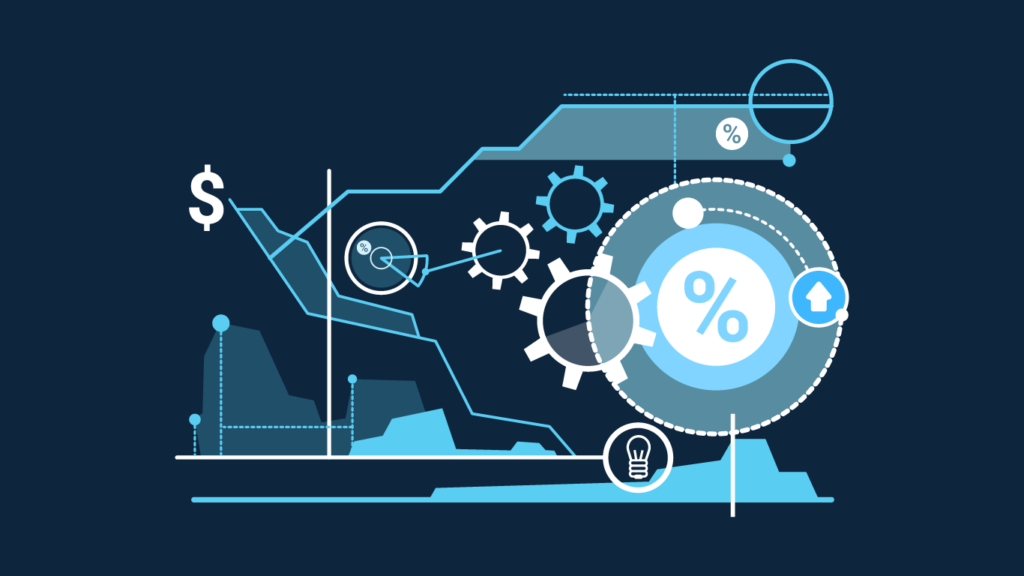Warehousing is the process of storing and shipping physical goods in a warehouse. Warehouses can be used in different business settings for storing goods before shipping them to a specific location or different customers.
For example, a business like Walmart may use a warehouse to store its goods in bulk and ship them to its stores when inventory falls short, and items are needed to be put on shelves.
Warehouses are also used by eCommerce sites, where they store their items in the warehouse, and when a customer places an order on their website, they pick, pack and then ship it directly to individual customers.
Is the warehouse and Distribution Centre the Same?
You might have noticed terms warehouse and distribution center are used interchangeably. Well, technically they are different. A warehouse is simply a building that is used to store inventory. Whereas a distribution center not only stores the inventory, but also provides an order fulfillment facility through the processes of picking, packing, and shipping. Warehouse Management Systems are used to store and handle data and organize and maintain these processes.
Processes Involved in Working in a Warehouse
A product that comes and goes in and out of a warehouse goes through several processes. Generally, two main processes handle a product from coming into the warehouse to being shipped out and everything in between. These are Inbound and Outbound processes.
Inbound Process
The inbound process is receiving and storing goods from a supplier to a warehouse or a fulfillment center. The inbound process itself consists of sub-processes. These are as follows:
Receiving
After the trailer is docked at the warehouse, workers check the inventory to make sure that all items that were expected are present and are not damaged. Then the inventory is assigned License Plate Numbers (LPNs) and taken for putaway.
Putaway
After the inventory is inspected in the receiving process, it is taken to storage where it is stored. Different warehouses use different approaches to store inventory in specific locations. Some warehouses store items together based on the item type or required storage temperature etc. to optimize storage locations to maximize location utilization.
Outbound Process
The outbound Process is the picking, packing, and shipping of products from the warehouse to a client or end user. The outbound process is further divided into the following processes.
Picking
After an order is received and sent to a Warehouse Management System (WMS), it then needs to be prepared to be shipped to the customer. Picking is the process of collecting all the items in order from their respective storage locations and transferring them to a staging area.
Packing
Once all items in an order are picked and brought to a staging location, the next step is to get them ready to be shipped to the customer or end user. All products in an order are packed together and made ready to be shipped to the customer or end user.
Shipping
The last step in completing an order after it has been picked and packed is to select a suitable carrier, load the order on the carrier and ship it to the customer's shipping address.
All the above steps and processes involved with warehousing can easily be managed and monitored using a Warehouse Management System. Therefore most of the big companies like Amazon use WMS as it gets impossible to handle inventory manually as the size of the warehouse and inventory increases.





